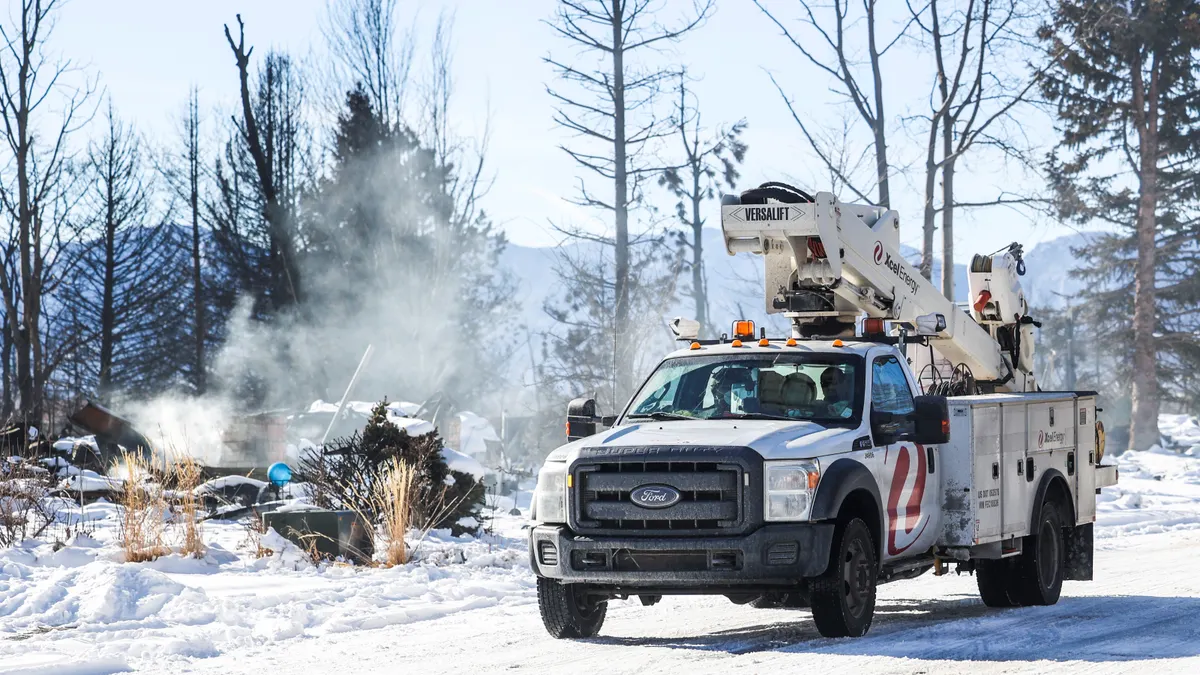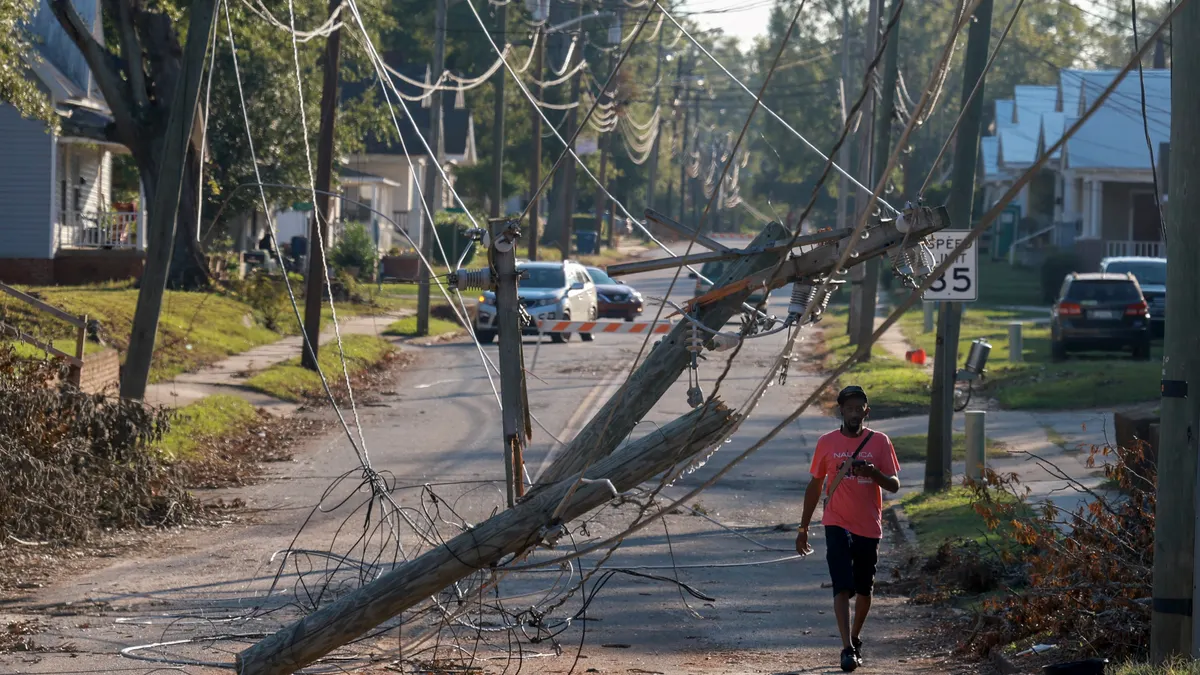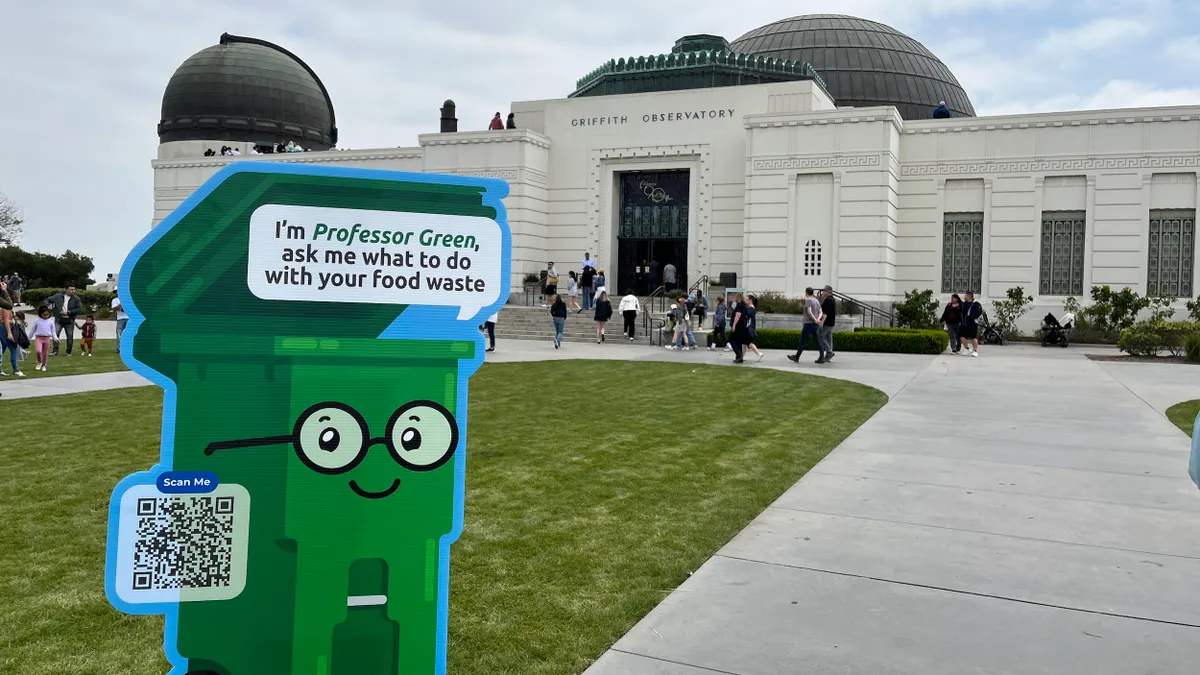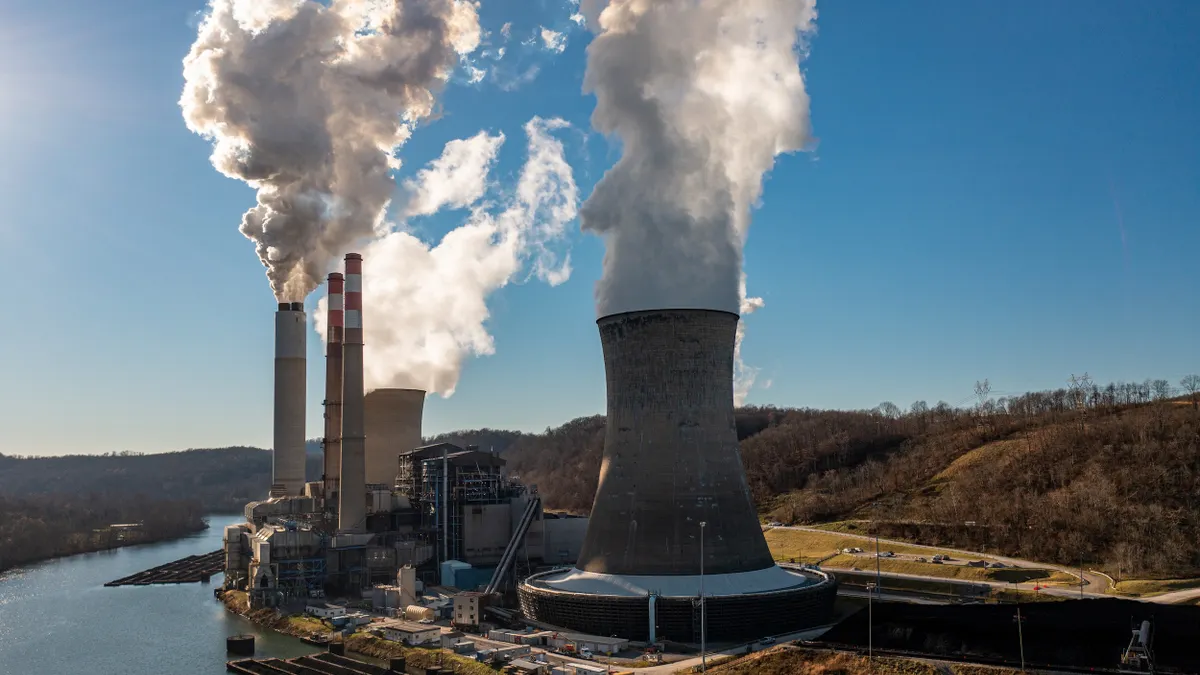Editor's Note: This piece was written by Rob Thornton, president and CEO of the International District Energy Association. The opinions represented in this piece are independent of Smart Cities Dive's views.
Two visions for U.S. infrastructure investment have emerged, one proposed by President Donald Trump and one by Senate Democrats. They attempt to capitalize on bipartisan support and excitement generated during the presidential election. Both call for up to $1 trillion to modernize and build new infrastructure, adding millions of jobs in the process. They differ in amounts of direct federal spending, preferred investment mechanisms, and ownership of assets.
A discussion over methods is healthy; one can expect resolution as the administration and Congress work toward legislation. But before methods are agreed to and legislation introduced, parties must agree on a vision. A "smart" vision for the 21st century that features critical energy infrastructure. Such infrastructure is vital to an energy-enabled future with self-driving cars, automated manufacturing, the Internet of Things, more resilient cities and communities and much more.
Enter district energy, combined heat and power (CHP) and microgrids. District energy plants supply thermal energy to many nearby customer buildings, utilizing economies of scale that allow connected customers to avoid capital costs and optimize their heating and cooling systems. CHP is an efficient, integrated approach to locally generate both electric power and useful thermal energy from a single fuel source. Microgrids go one step further by integrating these technologies into a local grid, allowing parallel operation and voluntary isolation from the larger power grid, especially during outages caused by severe weather. Furthermore, many mayors are now seeking opportunities to partner with private developers to create microgrids in order to strengthen resiliency and business continuity and attract economic development.
Importantly, these technologies align with three current truths. First, energy efficiency measures are widely acknowledged as a sure way to reduce expenses and environmental footprint. Second, the need for resiliency is underscored by the increasing occurrence of severe weather events and growing electricity dependence of sectors like health care, finance and emergency response. Third, fuel flexibility and the ability to integrate local resources is increasing energy security and bolstering economies. District energy, CHP and microgrids epitomize these truths.
The University of Texas at Austin utilizes a district energy system anchored by a 134 MW CHP plant. It delivers electricity, space heating and cooling, and domestic hot water for a campus community of 70,000 people daily. Over the past 15 years, the UT Austin campus has literally doubled in size from 9 million to 19 million square feet of building space, yet today uses the same amount of fuel as 1977 while serving twice the energy demands, achieving 88% operating efficiency. This level of efficiency delivers fuel savings that translate into reduced expenses and lower emissions. The savings do not stop there. Innovative water recovery measures recovered 66 million gallons of water in 2016, improving returns and suppressing use during periods of extreme drought.
Businesses and consumers understand the value of resiliency as well as reduced liability. And these technologies have proven that they can deliver. During Hurricane Katrina, Louisiana State University Medical Center relied on its 20 MW CHP system to continue to operate and actually host other organizations. Its ability to stay online undoubtedly saved lives and provided a calm within the storm. During Hurricane Sandy, the Princeton University district energy, CHP and microgrid maintained energy supply, protecting invaluable research, residents and supporting local first responders. Recently, Thermal Energy Corporation (TECO) with a 48 MW CHP district energy system, maintained continuous energy services to the multiple hospitals and research centers in the Texas Medical Center in Houston, the largest healthcare campus in the world, throughout the onslaught of Hurricane Harvey.
District Energy St. Paul in Minnesota switched primary fuel from coal and oil to biomass and natural gas in the early 2000s. It relies largely on locally-sourced municipal wood waste today, keeping energy dollars recirculating in the local economy. Following the switch, St. Paul avoids over 275,000 tons of coal and has reduced sulfur oxide and particulate emissions by 60% each year. The system also delivers economic benefits. Customers' energy prices are lower today, when adjusted for inflation, than 20 years ago.
Across all sectors, budget constraints mean innovation, efficiency and resiliency measures are often postponed. “Do more with less” is the theme of the day in increasingly complex environments. District energy and CHP provide unparalleled efficiency, scalability, and optimized operations while maintaining reliable, affordable services.
Above all, district energy and CHP systems make sense and have a proven record. When an infrastructure plan comes before Congress, lawmakers can demonstrate foresight by investing in critical energy infrastructure that delivers on the promise of a “smart” vision for the 21st century. Not by looking for the next new thing or bright shiny object, but rather, by choosing proven approaches that hit on all the cylinders for our future economy — efficiency, resiliency, environmentally beneficial and economically competitive — district energy, CHP and microgrids.

















